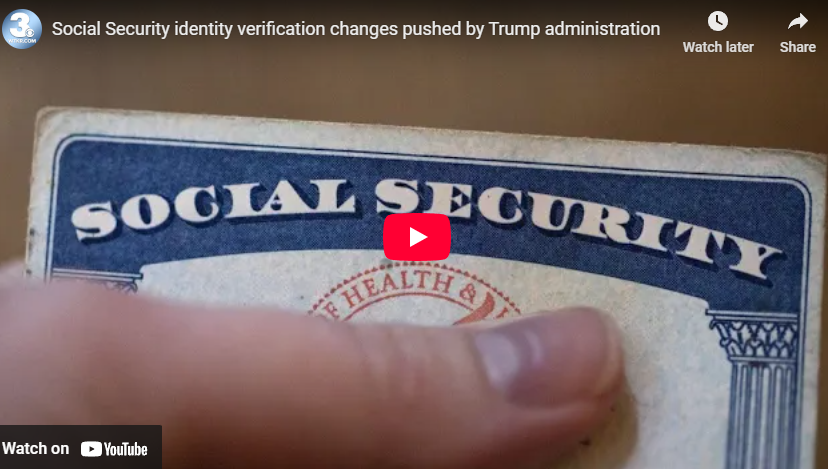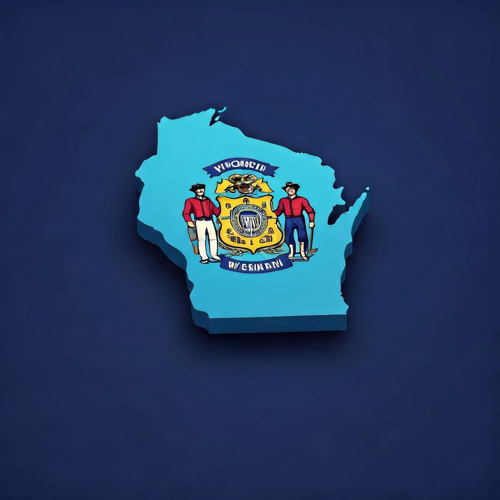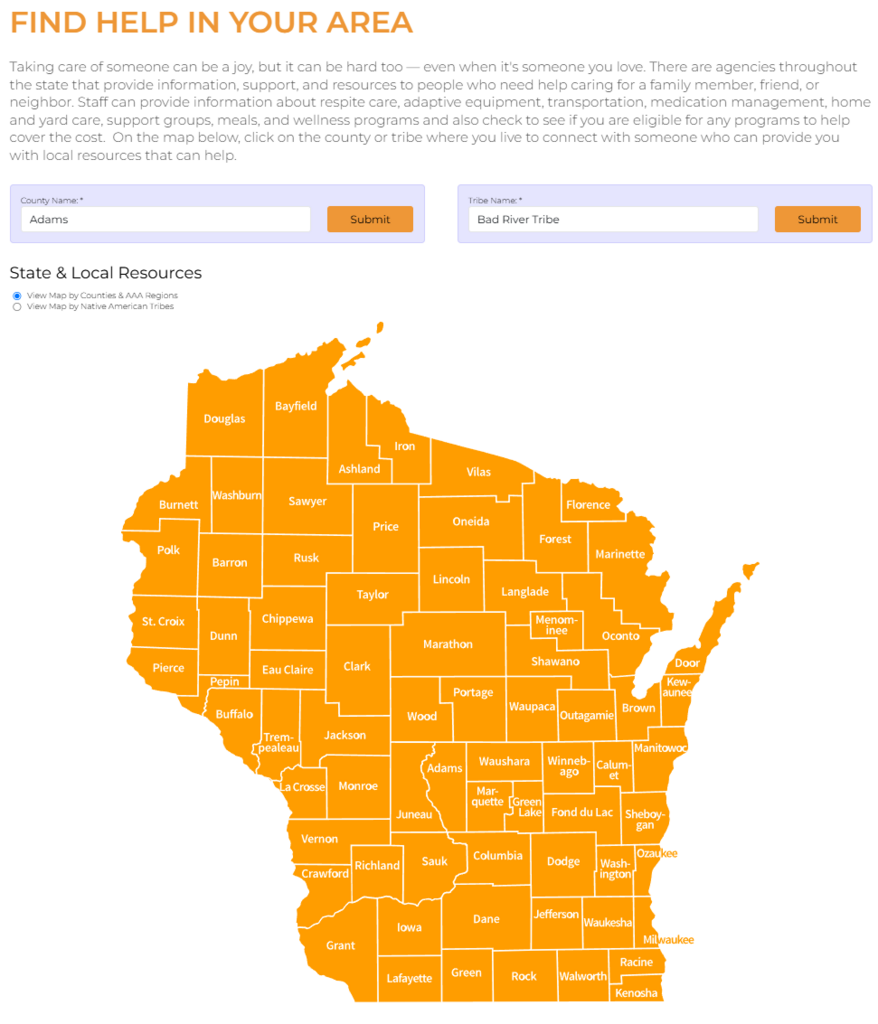VINE Faith in Action, a local nonprofit, will adjust programs. State funding cuts and expired COVID-19 relief funds caused a 51% reduction in Aging Well at Home program funds. The Minnesota River Area Agency on Aging (MNRAAA) decreased its support.
Consequently, VINE discontinued the Special Access Services (SAS) program. SAS offered bilingual support for seniors navigating social services. Also, VINE will reduce staffing for PEARLS and Caregiver Support. This may lengthen wait times and limit service availability. The Caring Connection program will refer new requests to Lutheran Social Service’s senior companion programs.
These changes challenge Generation X. Often called the “sandwich generation,” they balance child and parent care. Reduced senior services may increase their caregiving load. This could raise stress and financial strain, and lessen personal time.
Gen X values independence and problem-solving. They should stay informed about local resources. They should also advocate for senior service funding. Community involvement, through volunteering and donations, can lessen the impact of cuts.











